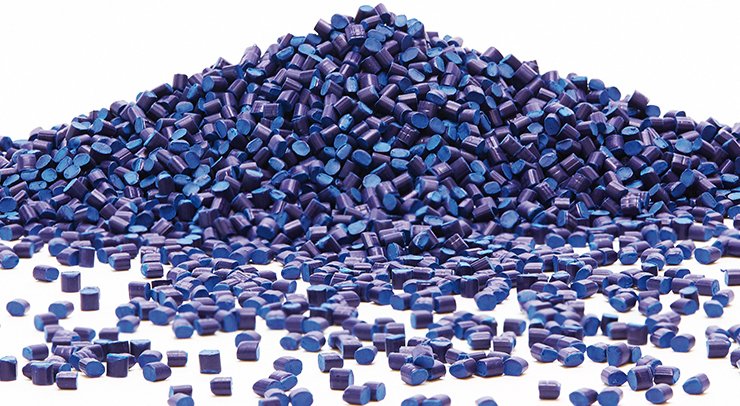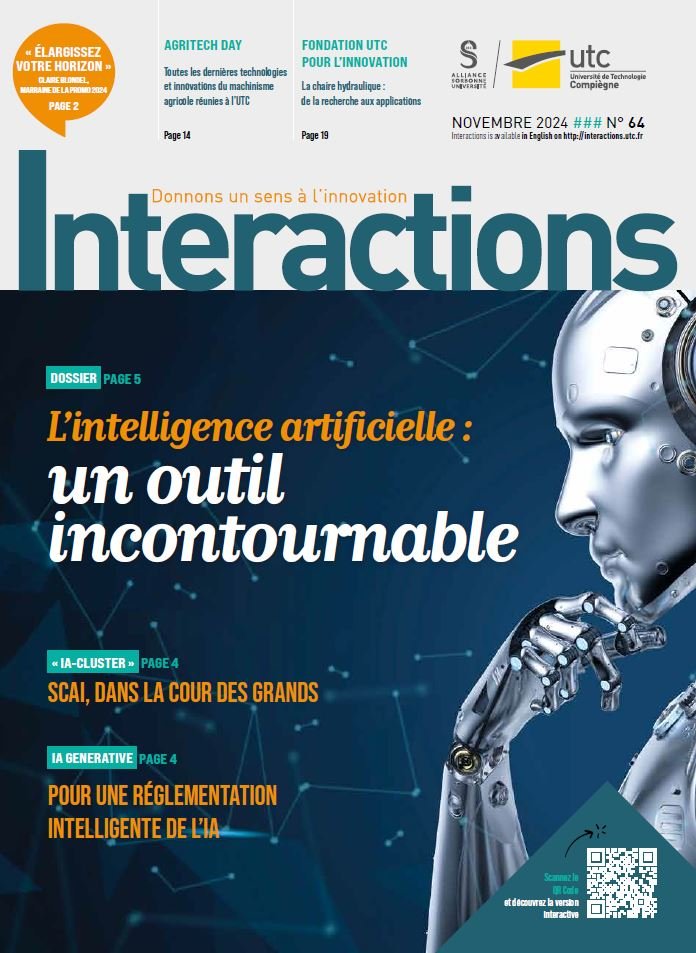The success-story of composite materials

Zoheir Aboura’s team, fully aware of the environmental impact that aeronautics has on the planet, develops and maintains partnerships with numerous industrialists such as Safran, to meet the technological challenges of the aeronautics, space and defence sectors. Composite materials are popular.
Zoheir Aboura is a university professor. He heads the Materials and Surfaces research team in the UTC-Roberval laboratory (Mechanical Engineering, Acoustics and Materials). His work is based, among other things, on the development of knowledge on the mechanical behaviour of composite materials. Professor Aboura’s team develops and maintains partnerships with many industrialists interested in the results of his research, particularly in the development of original investigation techniques for the detection, monitoring and understanding of damage mechanisms, which are very complex in the case of composite materials, particularly with 3D reinforcement architectures. In particular, the Safran industrial group has been seeking answers to the technological challenges brought up by the requirements of aeronautics, space and defence. «The development of new materials in the aeronautical sector is based on strong climatic challenges. Organic or ceramic composite materials have very high specific properties (ratio between intrinsic property and density) and are therefore becoming very competitive. They make it possible to lighten structures. This is the key word in aeronautics. This opens the way to energy savings and consequently to a reduction in the impact on the environment,» explains Zoheir Aboura.
Intelligent materials
Current research work is geared towards the development of materials for the aeronautics, space and automotive industries that are both ‘intelligent’ and ‘communicating’, enabling them to monitor their state of health continuously. This means that it is possible to reduce safety coefficients (dimensioning to the minimum) and therefore potentially less weight and therefore less fuel, less pollution, but also more safety. The success story of these new materials is based on performance gains and reductions: reduction of polluting gas emissions, reduction of debris, noise, reduction of engine masses and increased efficiency. «The stakes are enormous. At the UTC-Roberval laboratory, a team of six researchers, three PhD students and three post-docs are working on these subjects. Environmental protection is important. We have been contributing to this for a long time by trying to make the structures lighter. When I started, I was already focussed on these issues. Now we are even more alert. Collaborating with industrialists who are concerned about this is also very important for us, as it enables us to apply the products of our research,» insists Zoheir Abura.
Engineers in action
Safran achieved a real technological breakthrough when it introduced 3D-reinforced composite materials into its engines, under the impetus of Bruno Dambrine, a senior expert at Safran. Thus, under his leadership, the first work began in 1995–1996, in search of candidate materials for the production of fan blades to replace titanium. UTC was involved very early on in the initial research to support the industrialist Safran. A decade later and several hundred thousand hours of research, tests and calculations, the LEAP engine was certified (2016). It was the development of 3D woven reinforcement composites obtained by RTM (Resin Transfer Moulding) injection that enabled the creation of a new generation of blades and fan cowling in the LEAP engine. This has truly revolutionary engine design. Lighter and stronger than the metals and alloys they replace, composite materials represent a major area of progress for the aeronautics industry.
They are one of the major innovations of the new LEAP engine, selected by Airbus to power its A320neo, by Boeing for its 737- MAX, and by COMAC for its C‑919. The LEAP engine has reduced its weight by 450 kg, is less polluting (16% reduction in CO2 emissions and 50% reduction in NO) and allows a 15 dB reduction in noise levels. Ongoing research into new generations of materials (such as ceramic matrix composites for very high temperature applications) and their introduction into engines offers the prospect of additional weight savings and efficiency. «There is still a lot of work for our engineers and doctors in these areas. Developing new materials, understanding their behaviour, developing robust models, integrating them into the computational codes for the most accurate dimensioning (reduction of safety factors, also known as ‘ignorance factors’, he concludes.
These are all levers that will help reduce our impact on the environment. We train our engineers and doctors with this in mind. They will be major players in companies in the future and will therefore have a key role to play in reducing our environmental footprint. Global warming affects us all and is therefore becoming everyone’s business.




